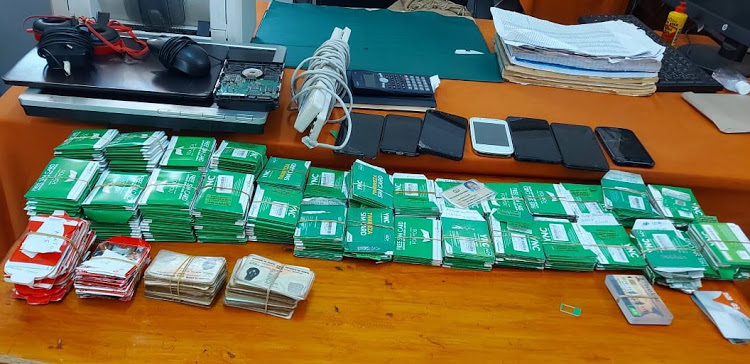All of us may have had an experience with a scammer/fraudster/conman at least once. M-PESA fraudsters have become the most notorious, with their success rate almost matching the notoriety. These fraudsters have gained expertise in intercepting mobile banking data.
Common M-PESA Fraud
Fake/old M-PESA Message
This is among one of the frequent scamming methods experienced by Safaricom users. A common M-PESA message received would look authentic, however, the ‘new M-PESA balance’ would read as *LOCKED*.
Fake Reversal Instructions
M-PESA Reversal is sending back money to an individual who may have accidentally sent it to your account. Fraudsters, in this case, direct a customer to the nearest agent so that they can use the customer’s number to defraud the agent by pretending to be customer care.
M-PESA USSD Fraud
This is where fraudsters target M-PESA customers to follow instructions to send money via USSD to a fraudster number. USSD is a communication technology used to send a text between a mobile device and an application program in the network. This is easier for them as data is not encrypted when being transferred over the network.
ATM fraud
A fraudster mischievously attempts to withdraw funds from another individual’s bank account via M-Pesa.
Best Ways to Deal with M-PESA Fraudsters
Ignore
Because you already know the only official Safaricom number used to call customers (0722 000 000), you can always choose to ignore these texts and calls. On social media, Safaricom already has official verified accounts. They engage customers only through those. If a non-verified Safaricom account tries to contact you, it is best to just ignore or block it.
If it is a call about the reversal of money, do not refund the money. Instead, request the sender to forward the message to 456 or call Safaricom for help.
Remember also, customer care will never call you and instruct you to visit the nearest agent for a reversal transaction. Note that a genuine M-PESA message is sent from M-PESA and not a customer’s line.
Report
This should be a must-do even after you ignore them. Upon receiving a fake message, forward it to 333 to ensure the numbers are blocked and they may not defraud other customers in the future.
Wild Goose Chase
I DO NOT recommend this unless you are doing research like I do and are very aware of all the risks involved. Anyway, if I am going to waste anyone’s time, surely let it be a fraudster.
Before you try it, always have this in mind:
- Do not divulge any other information, such as onetime passcodes, ATM withdrawal codes, or authentication codes.
- Avoid calling back the number of the sender.
- Again, do not reverse the ‘erroneously sent money’, even upon their request.
So, I normally pick up the calls (only because of research, remember), listen as if unaware of the scam in progress, and request them to call back after I look at the message. Fraudsters are a patient bunch, 9/10 they always call back.
After, I engage them in a long circle of stories. “Fuliza took it all boss, what do I do?”, or any other weak excuse just to get them frustrated.
One Twitter user, who recorded the whole experience with a fraudster, did my absolute favorite wild goose chase. Pretending to be dumb gets them irritated, and that is a kind of fun for me.
You can listen to it here:
this guy GENUINELY got angry.. 10/10 my best conman experience OF ALL TIME! 😂😂 https://t.co/3LiYP5IpNH
— My Doctor 🇫🇮 (@mmmicheni) September 18, 2022
Beware, it might escalate to insults, so you need a thick (researcher-like hehe) skin.





Comments